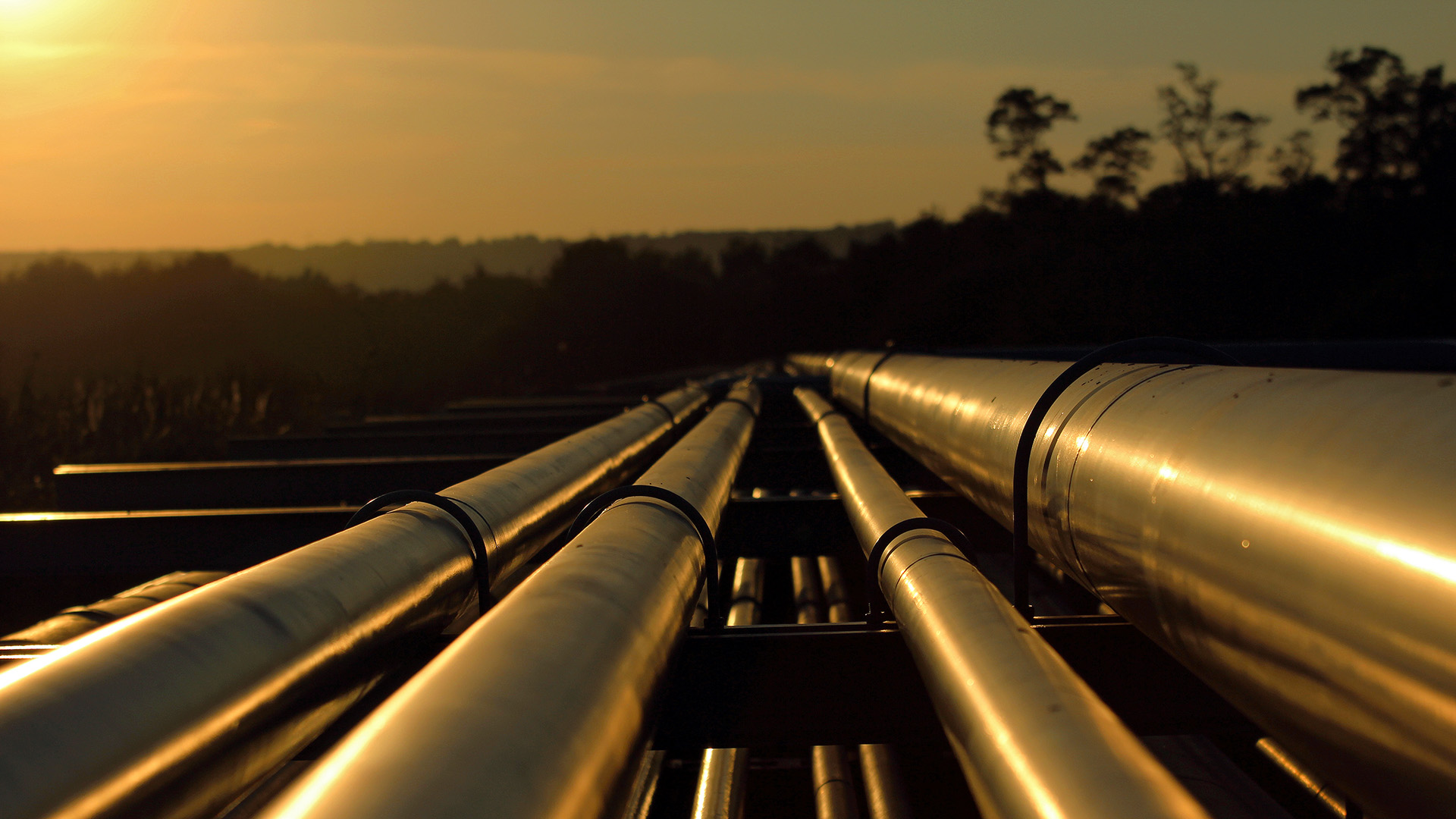Pipeline infrastructure is extremely important to help our country function. In fact, there are roughly 2.4 million miles of pipe in this vast transportation system. Last year alone, American’s consumed 34 percent of natural gas and 35 percent of oil as part of our total energy consumption. As energy demand is on the rise, more transmission, gathering and distribution lines will need to be constructed or updated.
So why are these pipelines so important? Well, they run across multiple state lines to bring fuels and feedstocks to a variety of consumers that include homeowners, businesses, and power plants. In short, energy from petroleum is used every day by Americans in varying capacities. It is important to note that the United Sates has the largest network of pipelines in the world. Therefore, they are an extremely integral to how this country operates and functions, and there are plenty reasons why.
Why are Pipelines Needed?
Most people do not realize how often they make use of products that contain oil and natural gas. They can be used for heating and cooling purposes, as a form of heat supply for running stoves, ovens, and clothes dryers. They also help run and power machinery used to make household products we use every day. Even those products consist of or contain oil or gas by-products. And while we strive to create new technology and fuel supplies for automobiles, there are more than 286 million registered passenger vehicles on the road, most of which thrive on gasoline or diesel consumption. Pipelines supply the necessary fuel for these daily activities to function and keep our country moving, both physically and economically.
Moving the Economy
Pipelines and the products they carry help provide economic growth for communities across the country. Not only are people employed to maintain current and existing pipelines, direct and spin-off jobs are created when new pipelines are built or need servicing. There is also a myriad of ancillary and supply chain jobs that are created through production and end-use demand that helps our country sustain a steady energy supply. For example, a recent study estimated that in 2015 crude oil pipelines alone created over 200,000 jobs and over $21.8 billion in Gross Domestic Product. Many of the investments made in new, multi-billion dollar petrochemical facilities or new liquefied natural gas terminals being planned today would be impossible without a steady and reliable supply of feedstocks provided by pipeline infrastructure.
Safety and Pipelines
While you may hear stories in the news, pipeline spills are much rarer than you think. With over 2.4 million miles of pipelines, the number of accidents is less than a fraction of a percent – 99.999 percent of all pipelines deliver their product without incident. Current methods for inspecting and monitoring pipelines use state-of-the-art technology and sophisticated IT systems to ensure give protect the integrity of the pipe, people, and the environment. Pipeline operators use high-tech inspection devices and extensive preventative methods to discover issues and guard against future failures. Like any other industrial product or service, robust federal and state safety standards are in place with rigorous requirements and tough penalties in order to that operations are held to a high standard.
Moving on Without Pipelines
Many people hear the negative media and the fear-mongering by activists about pipelines and think that they should be removed, denied, or halted at all costs – when in truth, they have no plan for providing the basic necessities that are critical for the enjoyment of our daily lives. An America without pipelines would see drastic increases in the price of electricity, home heating, fuel, and an untold amount of consumer goods as the cost and price of energy is built into nearly everything we use and consume on a daily basis including the couch we sit on to relax after a long day of work, equipment for outdoor activities we enjoy, and the appliances and utensils to prepare meals with friends and family.
While the news reports the facts, understanding pipelines can be complex to understand, and taking in one-sided information out of context can seem scary. It is important to note that companies and regulators report any incidence, no matter how large or small. Due in part to their make-up, these fuels are treated with care and caution. Nobody who works there wants to be unsafe.
Conclusion
While many people have concerns and misperceptions about natural gas and oil pipelines, they most likely do not realize how vital this infrastructure is the foundation of this country. Each day pipeline transport on average 62.4 million barrels per day in pipelines that have been designed to safely move these products. Like any piece of infrastructure, we must always seek out improvements and upgrade them to meet safety standards just like anything else.

